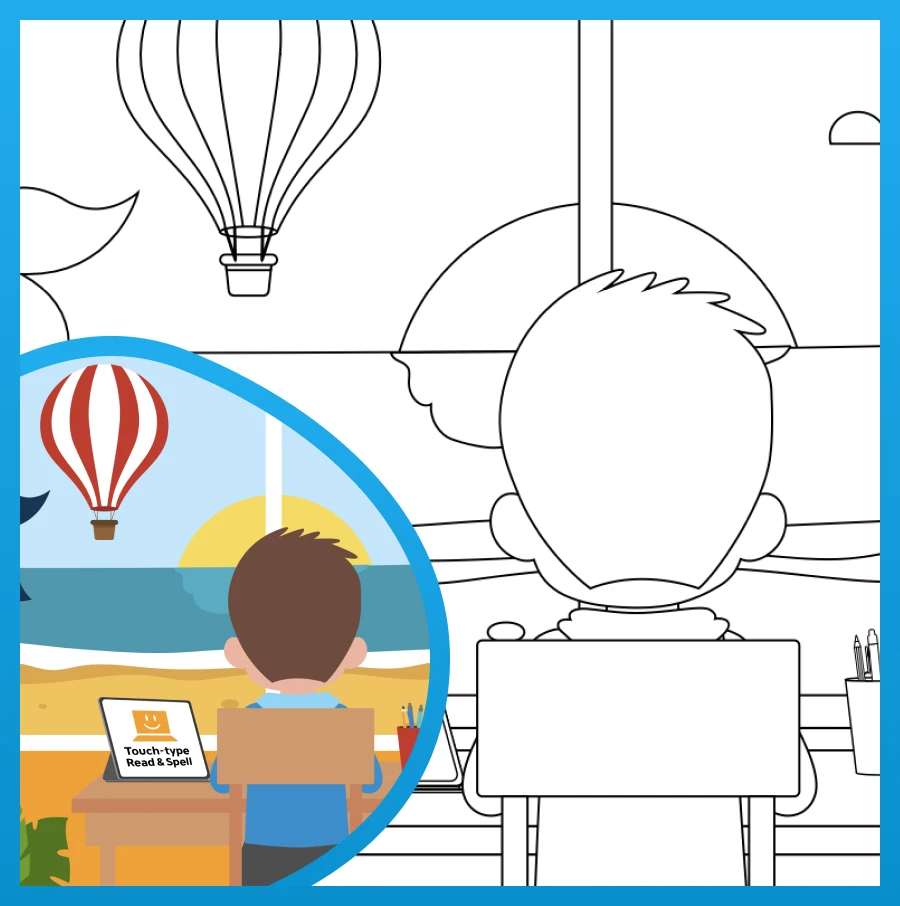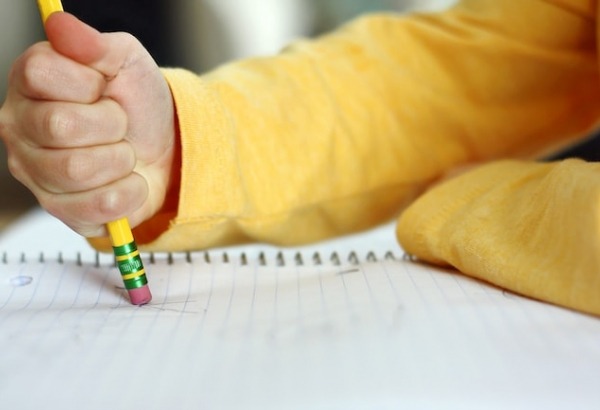How to help a child with dyslexia at home
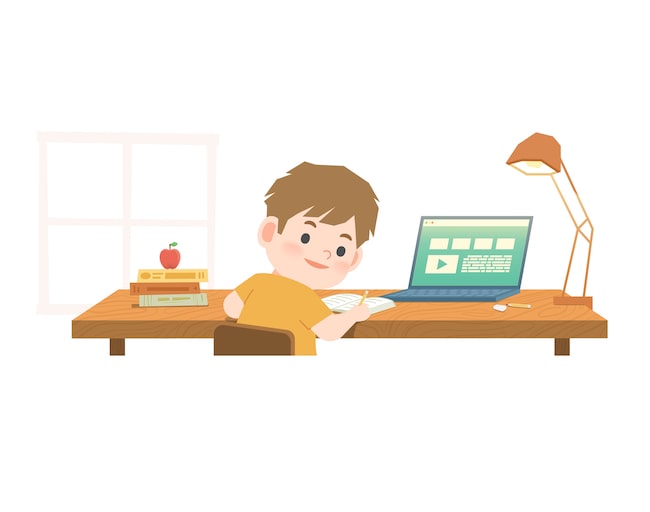
Parents want their children to do well at school and have the opportunity to reach their full potential. Learning at home can play an important part in this when a child has dyslexia. Reading together and finding computer programs for kids and apps that support literacy skills development are a good first step. Some parents may want to work directly with their children on phonics, spelling, and homework. Others may be a bit more reluctant to take on the role of teacher. It does take a special set of skills, and it’s not for everyone. Nevertheless, there is still plenty you can do to support learning at home, even if you don’t directly tutor your child.
What is dyslexia?
If you haven’t received a diagnosis, you may be wondering, is my child dyslexic? Not every parent knows for sure. A child with dyslexia often struggles with reading. Perhaps you have more than one child with a reading difficulty. Perhaps you or your partner or someone else in your extended family struggled to learn to read. It’s possible that dyslexia is the cause.
Dyslexia is a specific learning difficulty that affects 10% of the population, and it can run in families. It can be mild, moderate, or severe. When a child has a specific learning difficulty like dyslexia, it does not mean they are less intelligent than their peers, they just process and learn in a different way. Dyslexia is most commonly associated with difficulties in reading and spelling. However, it can also affect an individual’s ability to process and remember information, particularly at speed.
Dyslexia-friendly learning
Dyslexia isn’t an illness, but it is something a child has for life. Nonetheless, with the right approach to learning, the challenges associated with dyslexia can be overcome. There are also some positives. For example, some dyslexia-related strengths include enhanced spatial reasoning, creativity, and out-of-the-box thinking.
On the whole, dyslexic kids learn most easily when information is delivered in a multi-sensory way, in small incremental chunks, at the child’s preferred pace, with opportunities for repetition, and plenty of positive reinforcement. However, a significant part of finding the “right approach” is understanding it is unique for every individual. It’s important for parents to keep in mind no two children with dyslexia will struggle in the same way.
Strategies for helping a child with dyslexia at home
- Nurture thinking skills.
Encourage thinking skills that support your child in becoming an independent and active, rather than passive, learner. Encourage their curiosity. Discuss the problem or topic involved in a school assignment or reading. Listen. Share points of view. This can be fun and quality time spent together.
- Help them engage with reading.
Ask your child: What is happening? What do you have to find out? What do you already know? Who are the main characters? What are the main ideas? Have you read something like this before? What’s your plan for answering this question? Can you divide it into parts? What are the hard parts?
- Get them to work independently.
Encourage your child to ask his or her own questions and tackle work independently - and consider that you might follow up afterward. Did you use your plan? Can you rewrite this so it’s less messy? Is this your best work? Can you explain this to me, or show me how to do it?
- Have your child teach it to you.
“While we teach, we learn,” said the ancient Roman philosopher Seneca. Studies have shown this to be true. At Stanford University, two groups of students were introduced to a computer program. One group was told they were to teach the program, and the other, told to use it for self-study. The first group performed significantly better on tests. (1)
- Break material down into chunks.
Parents can help a child break assignments down into small manageable chunks. You might separate out the questions on a worksheet by drawing circles around different groups. If on Monday the school assignment is a list of 10 spelling words or a times table to be learned by Friday, encourage your child to do a little bit each day.
- Give appropriate praise.
Appropriate praise and rewards, especially from you, mean a lot to your child. Take opportunities to acknowledge their effort and stress the positives where you can. Whether it’s for trying hard and achieving a significant goal, or finally making a small incremental step they struggled to master, offer support and praise.
- Help them build a positive self-image.
In the fairly recent past, dyslexia was not well understood, and many children were unfairly labeled as thick, stupid, lazy, not trying hard enough, or being willfully uncooperative. None of it is true. Dyslexic children can have good and bad days, and remembering one day over the other can give the impression that they are being willful or lazy. In fact, they may be having to try much harder than other kids to keep up with school work, which can be tiring and can eat away at self-esteem. Remind them of their strengths and help them keep things in perspective when they’re having a bad day. Read more about learning difficulties and how parents can foster positive self-esteem in this article.
- Ensure they get enough sleep.
This is relevant, whether your child has dyslexia or not. A well-fed and well-rested child learns better, so get them off to bed in good time so they wake up refreshed. A good night’s sleep boosts confidence. Reviewing information right before bed can aid retention, so encourage it.
- Set up a study space.
Each child’s learning style is different. Some will be happy at the kitchen table with a buzz of activity going on around them; others will need peace and quiet to get anything done - learn more about helping children with attention difficulties and auditory processing disorder. Make sure they know they have a dedicated space to retreat to when they need it.
- Create a custom calendar.
Parents can put a nice big calendar on a notice board or the fridge and keep it up to date. Go over it together with your child, and get prepared for tomorrow the night before. This saves rushing around in a panic in the morning.
- Establish some ground rules.
If you have a target for work to be completed, or have agreed one with your child’s teacher, don’t let him or her turn on the television or be distracted by a phone. Avoid power struggles and clearly set out your expectations. Be consistent. Make it clear you mean what you say, even if it takes a few days for the message to sink in.
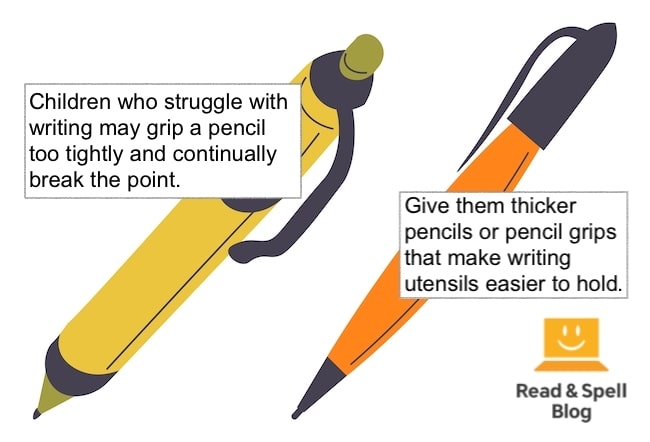
Storage and resource materials
Every child should have their own designated storage space for all those bits of paper, half-completed assignments, models, study guides, local library cards, etc. Keep them together in one place. A plastic crate works well. Try to be accepting if your children goes on losing pencils, erasers and other supplies, and keep extra on hand.
Kids with dyslexia who struggle with writing will often grip a pencil too tightly and break the point. Get pencil grips to make the shaft of the pencil thicker and easier to hold, and invest in a pencil sharpener or two. Markers will be handy to underline and color code text. Large envelopes might be needed for oversized assignments.
Some parents might find use for a timer or stopwatch. Graph paper for arithmetic will help keep columns straight (as will lined paper turned sideways), and a ruler will prevent kids from losing their place on the page.
Some children with dyslexia (and those who may have Irlen Syndrome) will be sensitive to light, particularly to the glare that they experience from a white piece of paper or computer screen background. You might want to try out colored acetate sheets as overlays to see if cutting down on the glare helps. You can also get them a definitive test for light sensitivity by a trained optician.
Put together a Remember Book
A Remember Book is a kind of reference binder that helps establish good study habits from a young age. It assists your child with dyslexia in remembering procedures, sequences of operation, rules, and strategies, and helps them with keeping significant items together in a coherent order.
He or she may need help with setting up and maintaining a filing system for the different kinds of information. You could color code with card dividers in a ring binder, or use plastic wallets. However, as we move more and more to technological solutions, your young learner might prefer working with something like Google Docs, where you could share information in a series of files stored in the Cloud.
Help them learn vocabulary
Children with dyslexia will benefit from developing and sorting out lists of terms in each subject they struggle with. These problematic words will likely be unique to them. A great way of helping them learn and recall tricky words is to create custom spellings lists. Parents can make them into flashcards, use them in activities, and get children to produce them in meaningful ways. Any exercise that gives them multi-sensory practice involving the eyes, ears, and sense of touch, will be appropriate.
Top Tip: Touch-type Read and Spell is a dyslexia-friendly typing program you can use to create custom word lists. Your child will hear the words you input, see them written, and be taught how to type and spell them. You can enter simple definitions as well, and even open up a free-writing session where they then type these words as part of a creative piece.
Introduce mnemonic devices
Mnemonic devices are one strategy that can help a child remember the spelling of words. They work best when a child designs his or her own, perhaps with their parents’ help. You can have fun with these too. An example might be as follows: You know that your child has always had difficulty differentiating between “bear” and “bare.” You could suggest that his/her chosen strategy be to illustrate the word “bear” with a drawing that includes a bear, a bee, and a honey pot. This would evoke the association of “be…” with “bear.” Picturing this image when needing to retrieve the spelling of the word adds a multi-sensory dimension.
Troubleshoot problematic symbols
Sometimes visual processing difficulties can co-occur and might be part of a child’s dyslexia. If your child has difficulty differentiating between the different symbols used in mathematics, help them prepare a sheet for these symbols (if they haven’t been given one at school). On the left-hand side, list five big symbols in a column. On the right, describe each one. (2). Learn more about helping a child who is struggling with mathematics.

Read, read, read
Encouraging reading is one of the best ways you can support your child with dyslexia. Encourage your child to read, reread, and read some more from a very young age. If kids have difficulty reading, they may well try to avoid it and become reluctant readers. The gap in performance between them and their classmates will only continue to widen, and their self-esteem and self-confidence can suffer.
Reading is a great way to improve language skills. With little kids, parents can start reading to them as soon as possible - even before they are born! Snuggle up and look at the pages of a storybook together. Point as you go. Read to them, even if you have to grit your teeth to read the same story many times if that’s the book they like best.
Here are some tips to get more out of reading together:
-
Stop in the middle of a line and see if they can provide the next word you are pointing to. After multiple read-throughs, they might be doing this from memory, which is absolutely fine.
-
Help them find reading material on subjects that interest them.
-
Try alternative reading material. One mother used a toy store catalog to motivate her child. Not only did it work, but the child used information on products as a stepping stone to other learning, including writing a wish list of toys he wanted for his birthday, considering how much money he needed to purchase toys and how much was in his piggy bank, looking at the size of certain toys and measuring the amount of space they would take up in his room, etc.
-
Let your child see you reading. It’s so important for parents to model regular reading habits.
-
Turn the sound off on the television and turn on the captions, so reading becomes a significant part of watching an exciting movie.
Private tutors
You may not have been trained as a teacher, but you know your child and can be there to ensure he or she gets the necessary support. One way might be through hiring a private tutor. Tutors often have a particular set of qualities and skills and have been trained in techniques, methods, and strategies to aid with the learning process. It helps if they enjoy what they do, and love seeing their students thrive. You can even find remote tutors who will work with your child through video chat sessions. What’s important is that the tutor is qualified to work with children who have dyslexia and understands the dyslexic child’s unique learning style. Learn more about how to find the right tutor for your child.
More about dyslexia
If you haven’t had a definitive diagnosis, either in the form of a teaching assessment, or an in-depth assessment by an Educational Psychologist, you might use this checklist of symptoms as a guide.
-Is your child articulate when talking but struggles to read and write? Is the quality of their verbal vocabulary reflected in their writing?
-Do they avoid using long words because of the difficulty of spelling them?
-Do they have trouble recognizing letters of the alphabet?
-Do they only recognize one part of a word, or are they slow to see the word?
-Do they recognize similarities and differences between words?
-Do they reverse letters or numbers? Note, reversals are a classic sign of dyslexia but are also common in young children who are learning to read and write.
-Do they ignore punctuation?
-Do they read out loud slowly, and without cadence?
-Can they read individual words but struggle to get the meaning of the sentence?
-Do they struggle to tell left from right?
-Do they have difficulty learning nursery or other rhymes?
-Did they struggle to learn to tell the time?
-Do they have problems with, or confuse abstract symbols?
-Are they disorganized?
-Is their written work messy?
Top Tip: You might find your child’s writing hard to read (and so might they!) Learning to touch type is recommended for kids with dyslexia as it’s a skill that makes writing more readable (especially when you use a dyslexia-friendly font) and can also help with spelling. That’s because typing transfers spelling into a sequence of key-presses, which are remembered using muscle memory. Learn more about dyslexia and typing.
Touch-type Read and Spell
Touch-type Read and Spell was originally developed to help children with dyslexia improve their reading and spelling skills while teaching them to type. It’s a unique way of learning typing as within a few minutes the child is writing whole words - fed wed red led. It builds confidence through small and manageable modules, which include repetition of high-frequency sight words to help with reading. It also delivers phonics lessons without the child noticing, through the introduction of targeted groups of words they must type. All of this is done in a multi-sensory way. Learners see and hear the words, then touch the keys.
An interesting thing happens as a child with dyslexia begins to master the keyboard. They start to learn the finger patterns involved in words, and it’s as if the fingers develop a memory of their own. Without having to give conscious thought to spelling, a child can write a word. As they get further into the course, they are mastering and remembering more and more words, while building up accuracy and speed, and most importantly, confidence.
TTRS is great for children, teenagers, and even adults - so it’s something the whole family can benefit from. Parents can start a child around the age of seven, once the hands are mature enough to sit comfortably on a keyboard.
Sources
1. Chase, C., Chin, D., Oppezzo, M. & Schwartz, D. (2009). Teachable agents and the protege effect: Increasing the effort. Journal of Science Education and Technology, 18, 334-352.
2. pbs.org/wgbh/misunderstoodminds/readingdiffs.html
Many thanks to Grace Taylor for providing access to a series of training materials and presentations that informed the bulk of the research that went into this blog.
For learners who struggle with dyslexia
TTRS is a program designed to get children and adults with dyslexia touch-typing, with additional support for reading and spelling.
Meredith Cicerchia
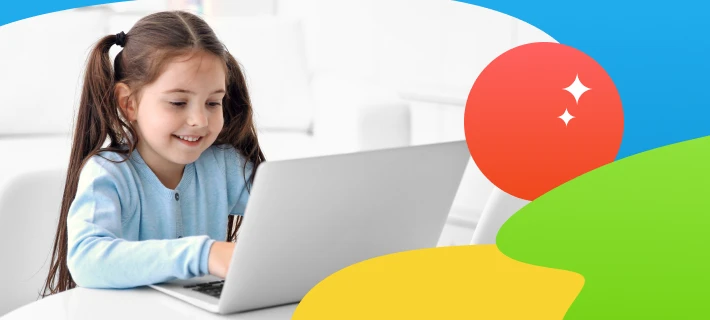
close
Can an Orton-Gillingham approach to literacy help your child?
Take a short quiz to find out!
TTRS has a solution for you
An award-winning, multi-sensory course that teaches typing, reading and spelling

How does TTRS work?
Developed in line with language and education research
Teaches typing using a multi-sensory approach
The course is modular in design and easy to navigate
Includes school and personal interest subjects
Positive feedback and positive reinforcement
Reporting features help you monitor usage and progress



